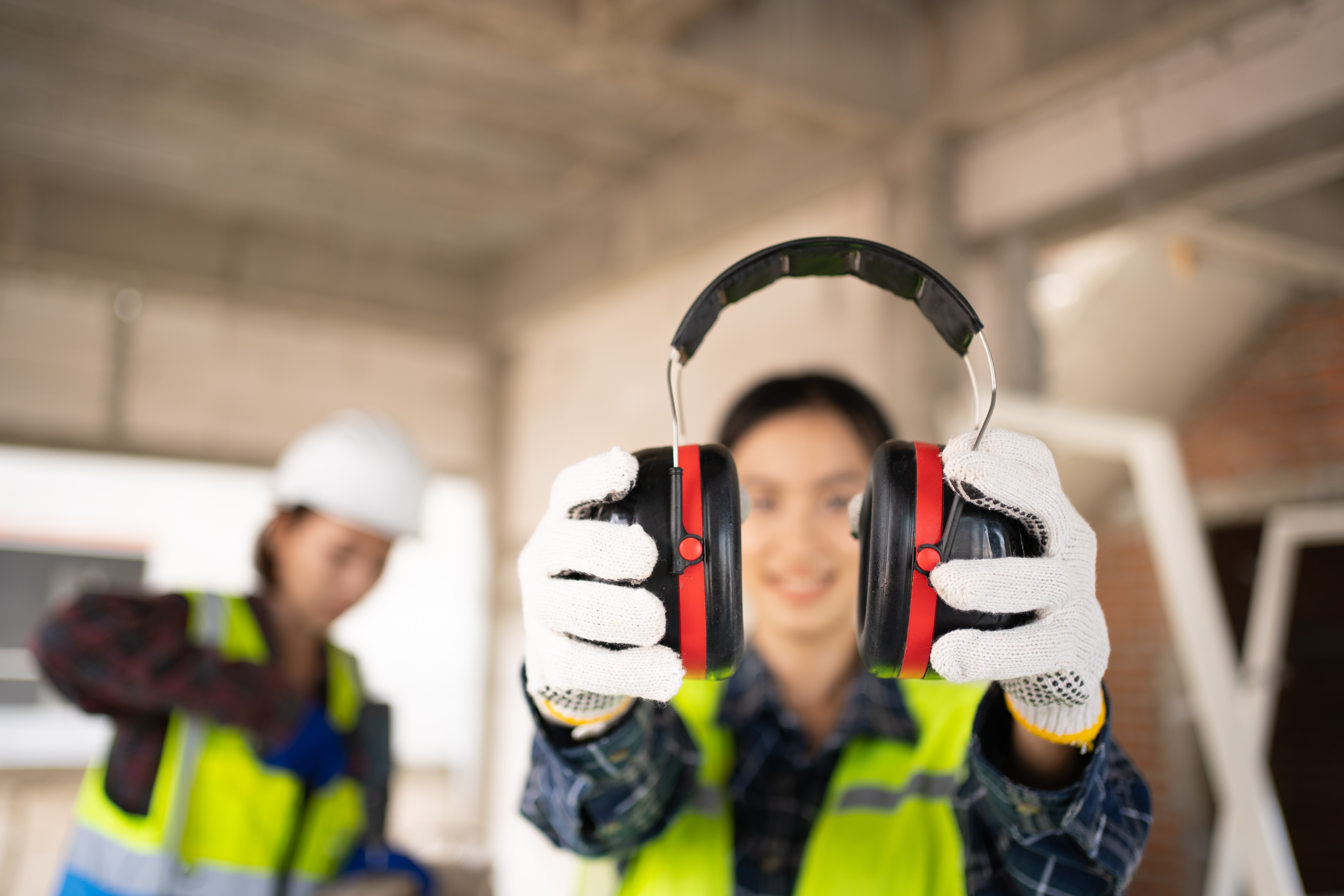We can all agree that workplace safety is of the utmost importance. The problem is that there are so many aspects that go into the safety of workers that it’s easy to overlook some of them. For instance, ear protection in the workplace is easy to forget about. There’s a lot of focus on protecting the eyes and other body parts. But employers shouldn’t forget to protect the hearing of their employees.
Keep in mind that work areas at manufacturing companies are rarely quiet places. Loud environments can have long-term consequences for the ear health of workers. In some cases, it’s akin to spending eight hours a day at a heavy metal concert. Fortunately, there are several steps that employers can take to improve the ear protection of their workers.
Train and Educate Workers
The first step toward proper ear protection at the workplace is letting workers know the risks and teaching them how to minimize them. Hearing loss usually isn’t a primary concern for workers in manufacturing or construction. This is because it’s a long-term issue rather than an immediate safety concern.
However, companies should make it clear to workers that hearing loss is one of the most common work-related health problems. Let them know that they’re at risk of hearing loss if they work in a noisy environment. They should also know to avoid noisy environments outside of work that can exacerbate their on-the-job risk.
Provide Workers with Ear Protection
The best thing a company can do for its workers is by providing proper ear protection for them. Keep in mind that there are several factors that help determine the right kind of ear protection that an employee needs. However, this should be treated like any other kind of safety equipment that workers need to perform their jobs every day. Whether workers want to use earplugs, earmuffs, or some other device, work with employees to find a solution that’s appropriate for the job and that they’re comfortable using.
The next step is making sure they are properly trained on how to use ear protection and that they’re encouraged to wear it when necessary. Again, earplugs and similar objects should be treated like any other piece of safety equipment. Managers and supervisors should set an example by always wearing ear protection when they’re on the work floor. They should also be double-checking that workers are wearing something to protect their hearing.
Facilitate Regular Check-ups
If companies know that employees are spending every day in a noisy workplace, it’s their duty to make sure employees are having their hearing checked regularly. In some cases, unions require workers to get multiple hearing tests every year. Even if this isn’t required, it’s a safe approach to take. Doctors at hearing clinics can detect if a person’s hearing is starting to decline sooner than expected. They can also offer advice on the right ear protection equipment to wear or other methods to help prevent hearing loss. For example, both smoking and blood sugar imbalances can contribute to hearing problems.
Listen to Safety Solutions
As mentioned, ear protection usually isn’t at the top of the list of safety concerns for manufacturing and construction companies. However, it’s an important part of providing a safe work environment for employees. One of the best ways to make sure that things like this don’t slip through the cracks is having EHS software that can manage everything related to health and safety. With everything from work observations to safety inspections to training all organized in one place, your company can leave no stone unturned when it comes to safety.
